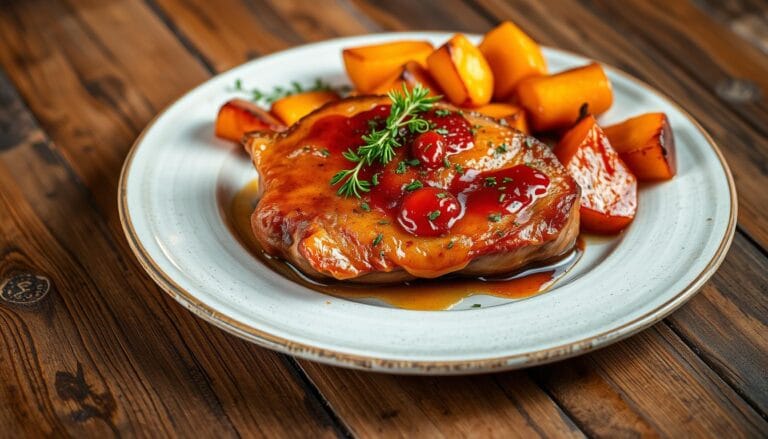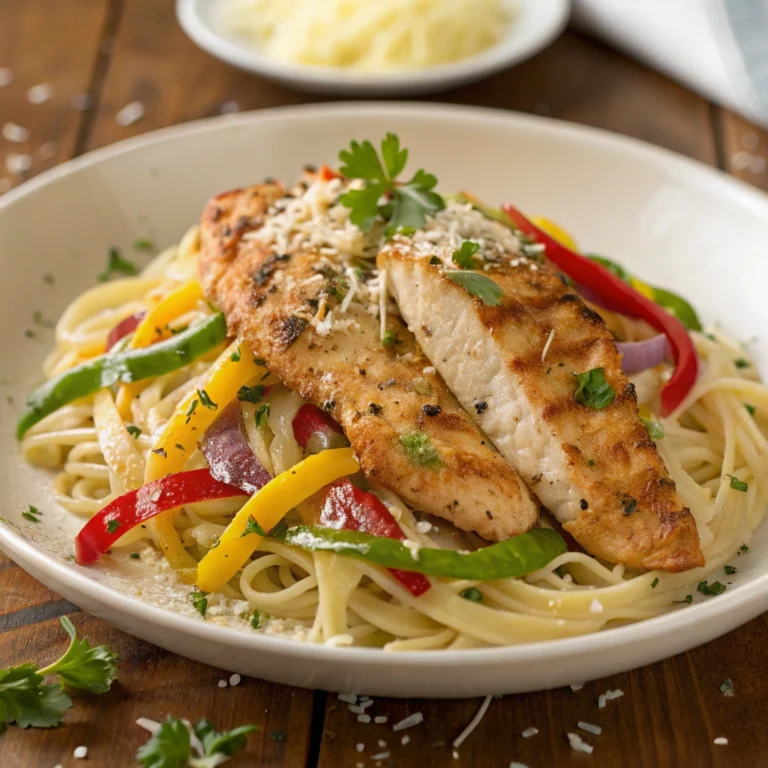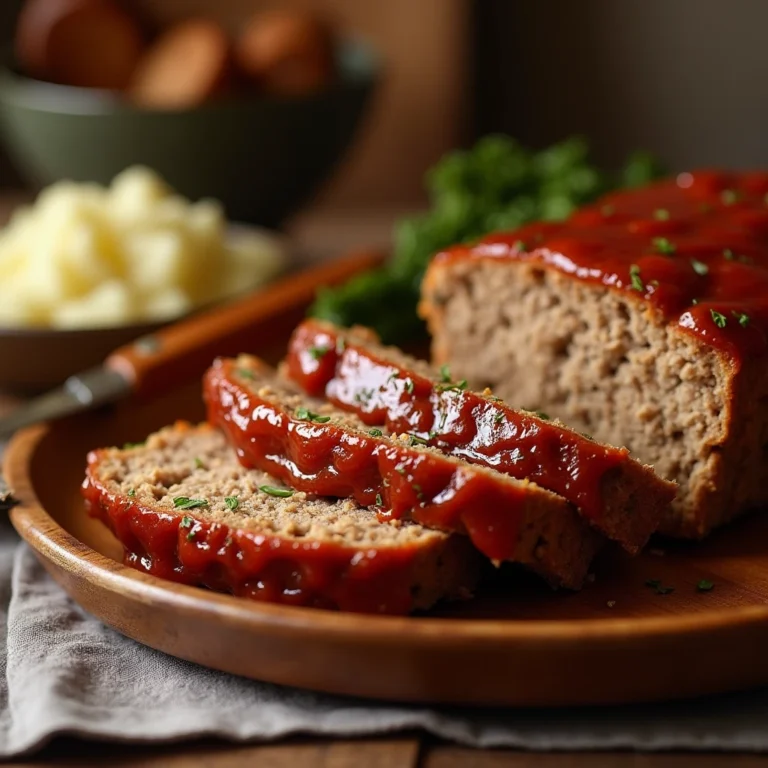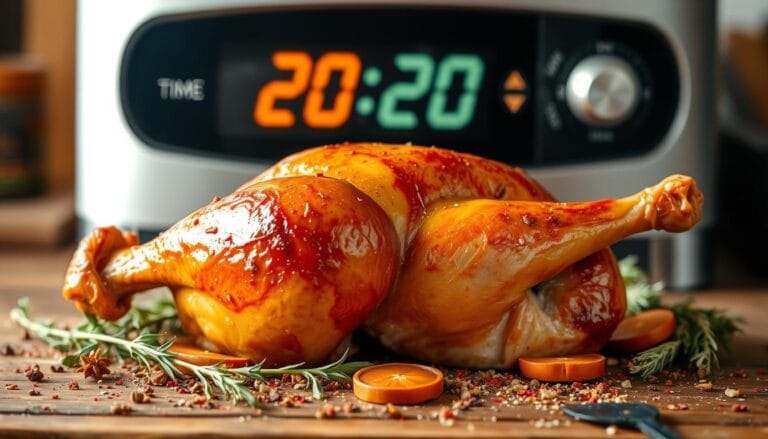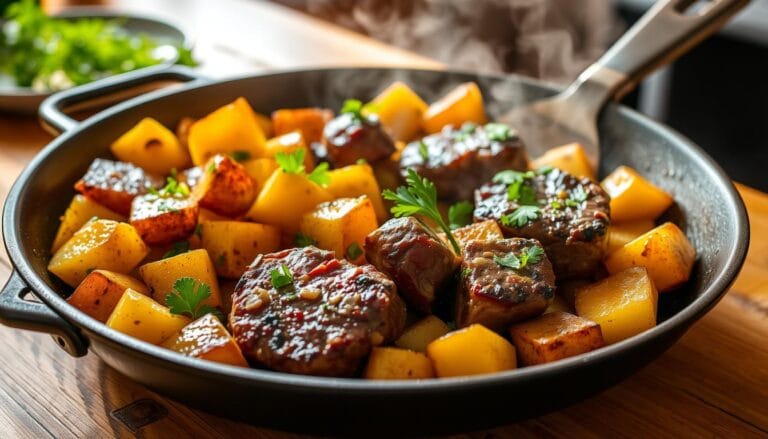The Best Turkey Seasoning Rub for Juicy, Flavorful Meals
Table of Contents
Every Thanksgiving, I remember standing beside my grandmother’s kitchen counter. She was turning an ordinary turkey into a culinary masterpiece. Her secret was a carefully made turkey seasoning rub.
This rub made the turkey burst with flavor. It made our whole family gather around the table eagerly.
As a professional chef with over a decade of experience, I’ve learned a lot. A perfect turkey spice blend is more than just mixing ingredients. It’s about creating an unforgettable experience.
The right poultry seasoning mix can make your holiday meal unforgettable. Today, I’ll share the ultimate guide to making a turkey seasoning rub. Whether you’re a seasoned cook or new to holiday cooking, these tips will make your turkey a culinary masterpiece.
Understanding the Perfect Turkey Rub
Making a tasty dry turkey rub is like an art form. It turns a simple meal into a memorable feast. Your homemade rub can make your turkey the star of the show, adding depth and excitement to every bite.
To make the perfect herb turkey seasoning, you need to know how to mix flavors. This mix should enhance the turkey’s natural taste. Let’s look at what makes a rub truly special.
Essential Components for Flavor Balance
A great dry turkey rub has a mix of flavors. It should include:
- Salt: For basic seasoning and tenderizing
- Sugar: Helps make a tasty, caramelized outside
- Herbs: Adds a rich aroma
- Spices: Brings complexity and heat
Role of Herbs and Spices in Turkey Seasoning
Each herb and spice is important in your homemade rub. Thyme adds earthiness, rosemary brings a woodsy smell, and paprika adds sweetness and color. Garlic and onion powders add depth, black pepper adds heat, and dried oregano brings warmth.
“The secret to an incredible turkey is a well-balanced rub that enhances, not overwhelms, the meat’s natural flavor.”
Benefits of Homemade Rubs vs Store-Bought
Homemade turkey rubs have big advantages over store-bought ones. You get to choose:
- What ingredients to use
- How fresh your spices are
- How much salt and heat to add
- How to make it your own
Trying out different dry turkey rubs lets you create a unique flavor. It shows off your cooking creativity.
Turkey Seasoning Rub: Core Ingredients
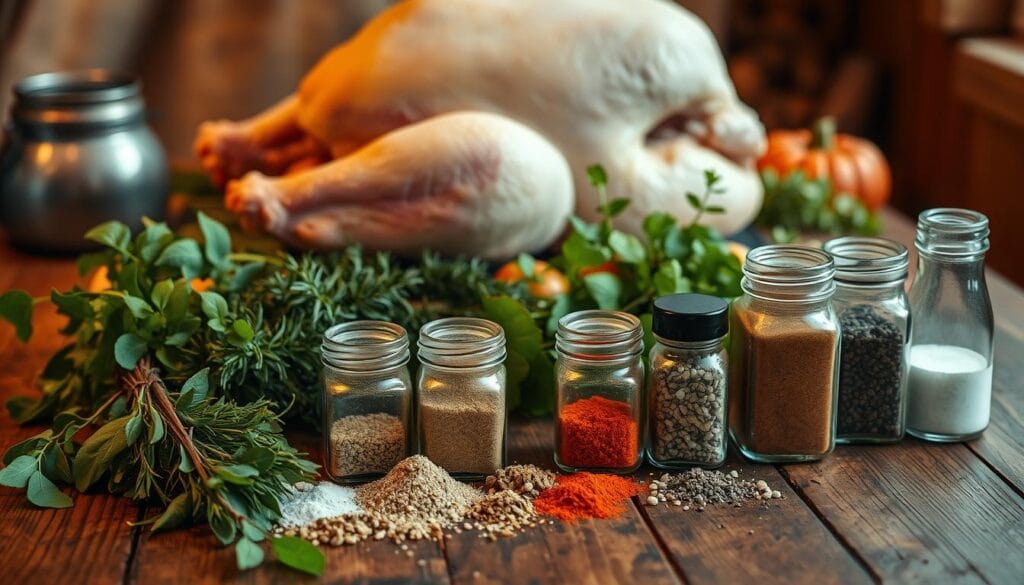
Making the perfect holiday turkey rub is an art. It turns your Thanksgiving turkey into something truly special. The right spices can make your turkey taste amazing, impressing all your guests.
Your turkey seasoning should have a mix of ingredients. They should balance flavor, aroma, and depth. Let’s look at the key parts:
- Salt Base: 2 tablespoons of kosher salt provide the fundamental seasoning
- Aromatic Powders: 1 tablespoon each of garlic and onion powder
- Sweet Element: 1 tablespoon light brown sugar for caramelization
- Color and Depth: 1 tablespoon paprika
Want to make your turkey rub even better? Add these extra flavors:
- Ground sage for earthy undertones
- Cayenne pepper for a subtle heat (optional)
- Ground cumin for aromatic complexity
- Dried oregano for herbaceous notes
“A great turkey rub is like a symphony of flavors – each ingredient plays a crucial role in creating the perfect harmony.” – Culinary Experts
Pro tip: Use fresh, high-quality ingredients. Dried herbs and spices give strong flavors that go deep into the meat. Your seasoning blend can last up to six months, perfect for many holiday meals.
With just 8 tablespoons, you can cover a 20-pound turkey. It becomes a culinary masterpiece that everyone will love. They’ll all want to know your secret.
Mastering the Dry Brining Technique
Turning your turkey into a masterpiece starts with dry brining. This method adds deep flavors to the meat and makes the skin crispy and golden.
Dry brining changes the game for your turkey rub. It makes the flavors richer and the skin crisper. Plus, it’s easier to prepare than wet brining.
Proper Application Methods
To get dry brining right, follow these steps:
- Pat the turkey dry with paper towels
- Gently loosen the skin without tearing
- Apply your seasoning mixture under and over the skin
- Spread the rub evenly over the turkey
Timing and Storage Considerations
Timing is everything in dry brining. Here’s what experts say:
- Brine for 1 hour per pound of turkey
- Don’t brine for more than 3 days
- Keep it uncovered in the fridge
- Place the turkey on a rack for air flow
Temperature and Environment Control
Keeping the right environment is key. Make sure your fridge is under 40°F. Also, keep the turkey away from other foods to avoid contamination.
“Dry brining transforms an ordinary turkey into a culinary masterpiece with minimal effort.” – Professional Chef
Pro tip: For the crispiest skin, let your turkey sit uncovered in the fridge. This helps moisture evaporate, making the skin golden and delicious.
Best Practices for Seasoning Application
Making the perfect turkey seasoning rub is more than just mixing spices. It’s about applying your turkey spice blend carefully. This ensures your turkey tastes amazing.
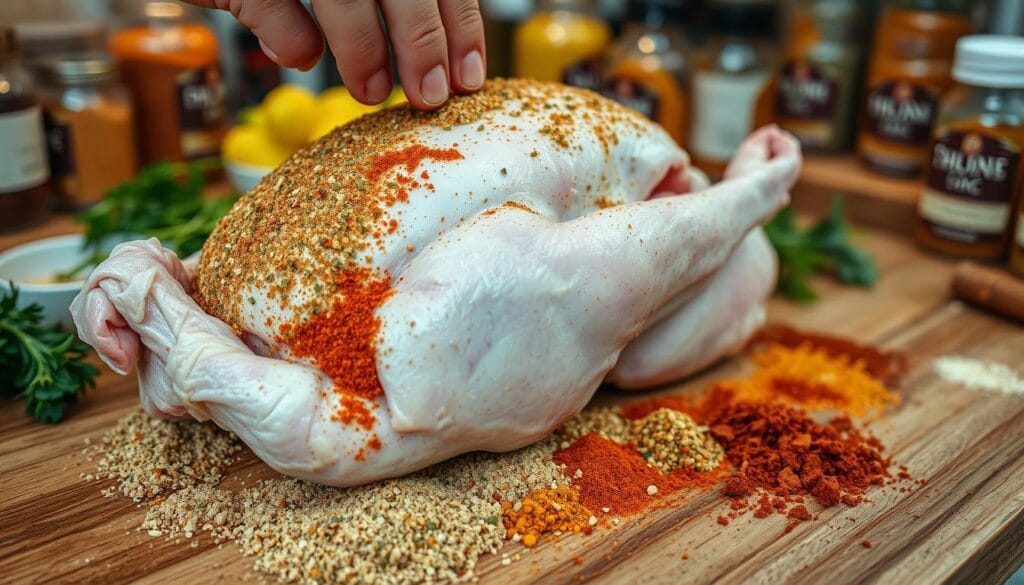
- Measure precisely: Use 1-2 teaspoons for smaller turkey pieces like wings
- Use 1 tablespoon for larger cuts such as a single turkey breast
- Aim for full coverage of the turkey’s surface
“The secret to a perfect turkey is in the details of seasoning” – Culinary Experts
How you apply the seasoning can really make a difference. Here are some expert tips:
- Apply the turkey seasoning rub at least 30 minutes before cooking
- Coat the turkey with 4-6 tablespoons of olive oil or melted butter first
- Gently press the spice blend into the meat to ensure maximum adherence
- For optimal flavor, consider dry brining overnight
Your homemade turkey spice blend can last up to 3 months at room temperature. Or, freeze it for 6 months. By using these tips, you’ll make your turkey a hit with your guests.
Enhancing Your Rub with Compound Butter
Adding more flavor to your turkey is easy with compound butter. It turns simple herb turkey seasoning into a dish that wows everyone.
Making great compound butter needs careful steps and the right flavors. You want every turkey bite to burst with taste.
Butter Base Preparation
Begin with soft, unsalted butter at room temperature. This makes mixing smooth and easy. For a 10-12 pound turkey, use one standard stick (4 oz) of butter.
- Use softened butter for easier blending
- Allow butter to reach room temperature before mixing
- Choose unsalted butter for better flavor control
Complementary Flavor Additions
Add fresh herbs to boost your seasoning. Try these classic mixes:
- Rosemary
- Thyme
- Sage
- Finely minced garlic
- Lemon zest
Application Techniques
Get the most flavor by applying compound butter wisely:
- Spread butter under and over the turkey skin
- Apply right before roasting for crispy skin
- Use an instant-read thermometer to ensure proper cooking
Pro tip: Finely mince herbs to ensure even distribution throughout the butter.
| Butter Storage Method | Duration |
|---|---|
| Refrigerator | Up to 5 days |
| Freezer | Up to 3 months |
Using compound butter with your herb turkey seasoning makes it truly special. Your turkey will be juicy and full of flavor. It’s sure to impress your guests and show off your cooking skills.
Storage and Shelf Life Tips
Keeping your homemade turkey rub fresh is key to tasty meals. A dry turkey rub stored right can stay flavorful for a long time.
“The secret to a long-lasting rub is proper storage and quality ingredients.”
Here are important tips for storing your homemade turkey rub:
- Choose an airtight container to protect against moisture
- Store in a cool, dry place away from direct sunlight
- Use glass jars or sealed plastic containers
- Label with the preparation date
Your homemade turkey rub is easy to store:
| Storage Method | Expected Shelf Life |
|---|---|
| Room Temperature | Up to 6 months |
| Refrigeration | Up to 1 year |
| Freezing | Up to 2 years |
Pro tip: Use fresh, high-quality dried herbs and spices to maximize the rub’s flavor potential. Freshly ground black pepper can significantly enhance your dry turkey rub’s taste profile.
Proper storage keeps your homemade turkey rub fresh. It also makes sure your meals always taste great.
Conclusion
Making the perfect turkey seasoning rub turns a regular holiday meal into a special event. Your Thanksgiving turkey seasoning is more than spices. It’s the secret to a delicious centerpiece that will wow your guests.
Success comes from knowing how to mix flavors and techniques. A homemade turkey seasoning rub lets you control the taste. You can try different herbs, spices, and ways to apply them to match your taste.
Preparing your turkey seasoning rub takes your cooking to the next level. The right mix of salt, herbs, and spices makes the turkey crispy outside and juicy inside. It’s all about passion, precision, and trying new things in the kitchen.
Get creative with seasoning, and you’ll make a holiday meal to remember. Your turkey will be more than just food. It will be a celebration of creativity and family tradition.
FAQ
What are the key ingredients in a turkey seasoning rub?
Key ingredients are dried thyme, oregano, rosemary, paprika, garlic powder, onion powder, salt, and black pepper. You can add cayenne pepper for heat, brown sugar for sweetness, and smoked paprika for depth. Ground mustard and cumin add extra flavor.
How long should I dry brine my turkey with the seasoning rub?
Dry brine your turkey for at least 2 hours, or better yet, overnight or up to 3 days. Keep it uncovered in the fridge for crispy skin. Pat the turkey dry before applying the rub and loosen the skin for better flavor.
Can I make my own turkey seasoning rub at home?
Yes, you can! Homemade rubs taste better and are fresher. Use quality herbs and spices, mix well, and store in an airtight container. This way, you can adjust flavors to your liking and get the best taste.
How do I apply the turkey seasoning rub for the best results?
Rub the seasoning all over the turkey, pressing it into the meat. Rub oil or melted butter first to help it stick. For more flavor, apply under the skin and let it sit for at least 30 minutes, but overnight is best.
How long can I store a homemade turkey seasoning rub?
Store your homemade rub in an airtight container in a cool, dry place for up to 6 months. Use glass jars or tightly sealed plastic containers and label them with the date.
What’s the benefit of using a compound butter with my turkey rub?
Compound butter adds flavor and moisture to the turkey. Mix softened butter with lemon or orange zest and chopped herbs. Apply it under the skin for juicy meat and extra flavor.
Can I adjust the heat level in my turkey seasoning rub?
Yes, adjust the heat by changing the amount of cayenne pepper. Start with a little and add more to taste. This way, you can make the rub mild or spicy, depending on your preference.
Should I use fresh or dried herbs in my turkey seasoning rub?
Use dried herbs for a more intense flavor. Fresh herbs are less potent and may not spread evenly. Make sure dried herbs are fresh by checking their smell and color.
Did you enjoy making our recipe?
There are no reviews yet. Be the first one to write one.


